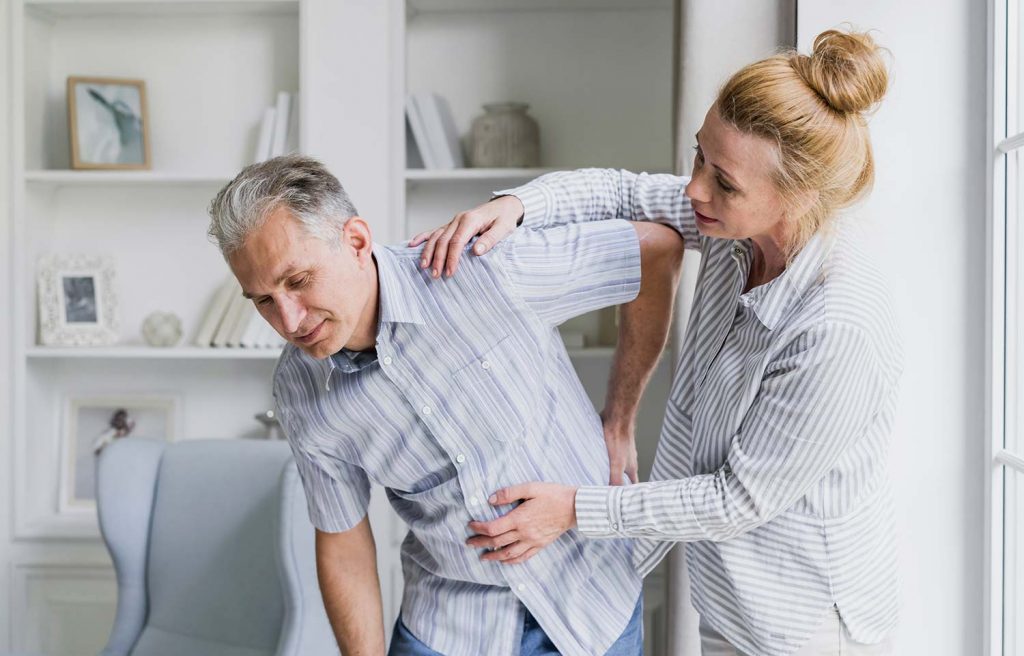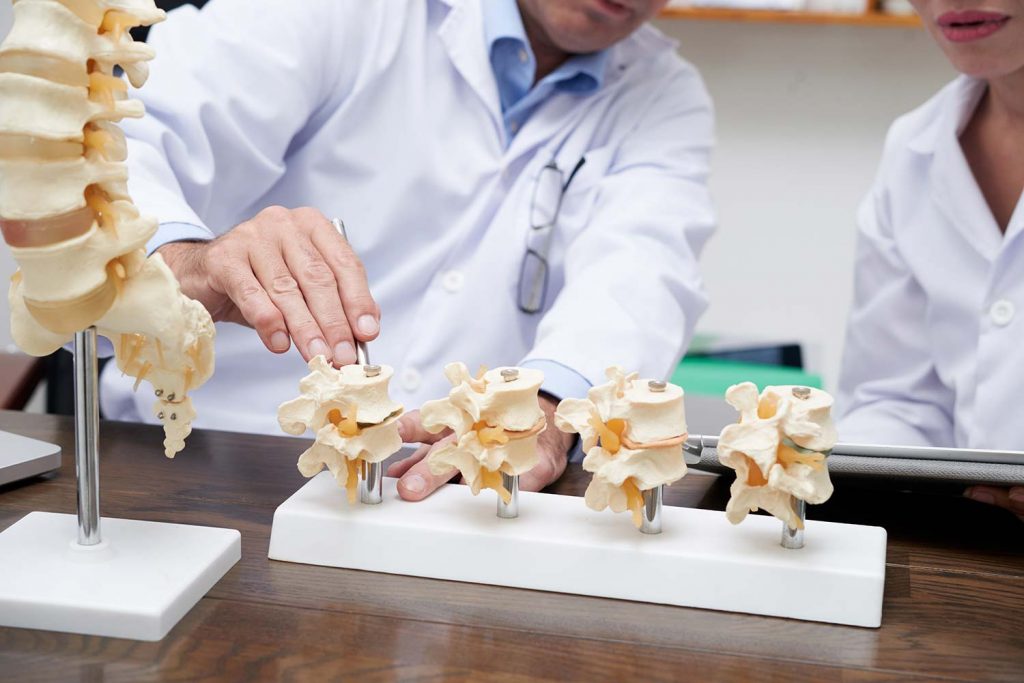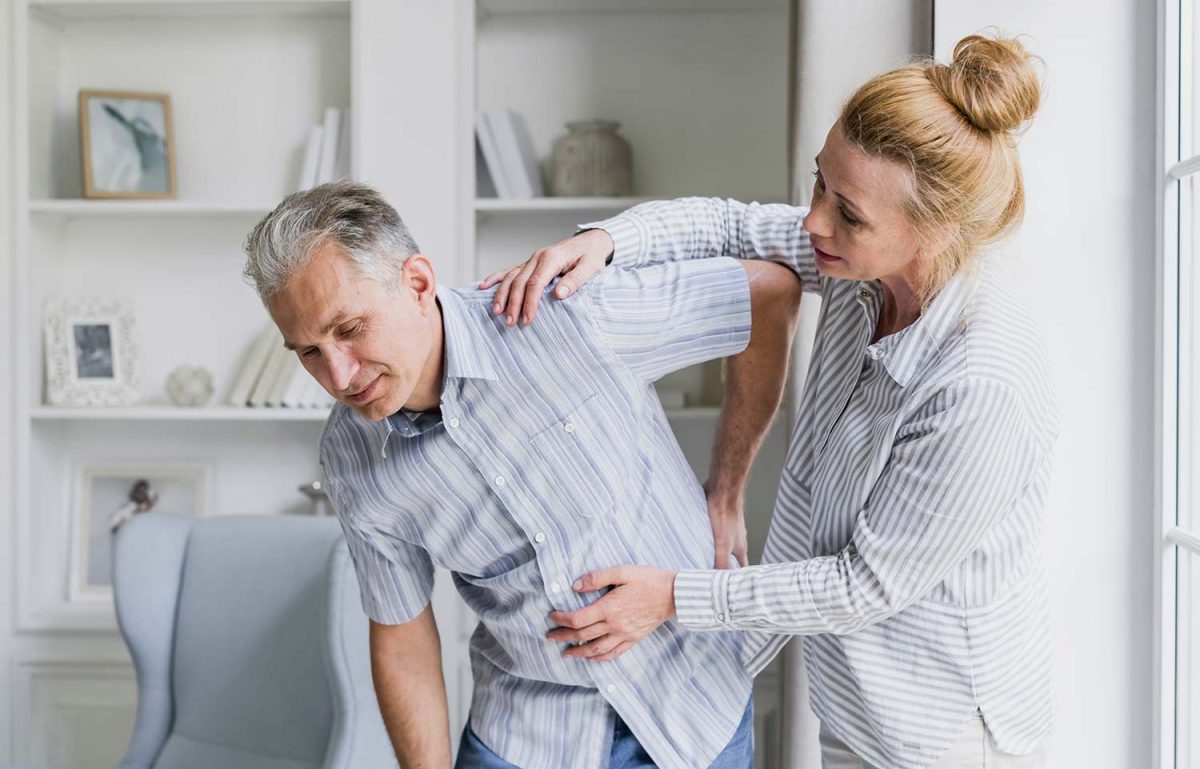
Common Causes of Upper Back Pain
Upper back pain is a common complaint about people seeking help with pain management. In some cases, the pain can be so intense that it interferes with work and leisure activities. Some people develop back pain after injuries, such as car accidents and pulled muscles. Arthritis, osteoporosis and several other medical conditions are among the common upper back pain causes. Read on for more info about the common causes of upper back pain as well as tips for pain management.
-
Sleeping Position
You may be unsure of what’s causing your upper back pain. You may wake with pain and wonder, “Why does my upper back hurt?” The way you sleep at night can affect how you feel during the day. If you sleep on your stomach with your neck turned to one side, you’ll likely develop upper back pain along with neck pain. In most cases, it’s best to sleep on your side or on your back.
-
Workplace Habits
Many office workers spend most of their workday behind a desk. Poor posture and constantly leaning forward to type on a computer can cause upper back pain. Some people develop neck pain from constant computer use, too. To alleviate both problems, get up and stretch regularly during the workday. See a chiropractor or your family doctor for advice on which stretches support a strong upper back.
-
Sports Injuries
Sports injuries are a common cause of chronic back pain. Contact sports like football and ice hockey can lead to serious spinal cord injuries. However, even some low-impact sports can cause back pain. You can even pull back muscles in non-contact sports, such as climbing or tennis.
Other Conditions
-
Scoliosis
Scoliosis is an abnormal curvature of the spine. Depending on the location and the severity of the curve, scoliosis can cause back pain. The spinal curvature can compress nerves and cause pain ranging from mild to severe.
-
Arthritis
Cervical arthritis can cause pain in the neck and upper back. Those who suffer from cervical arthritis may notice the following upper back problems:
- Swelling over the affected vertebrae
- Soreness in your upper back
- Stiffness and difficulty moving your upper body
- Difficulty turning your neck
-
Osteoporosis
Osteoporosis is the bone loss that occurs most frequently in older adults. People with osteoporosis are at a higher risk of bone fractures than people who do not have this condition. Osteoporosis can cause chronic back pain. Women are more at risk of osteoporosis due to hormone changes during menopause. Therefore, osteoporosis is more frequently seen as an upper back pain caused in females.
-
Trauma
Trauma is a common cause of upper back pain. If you’ve ever been in a serious car accident, you may have upper back spine pain. People who work in physically strenuous jobs report constant upper back pain, especially if they do the heavy lifting.

Tips to Prevent Upper Back Pain
People who have upper back pain due to medical conditions can usually find pain relief through exercise. Yoga and pilates often relieve the pain associated with osteoporosis and arthritis. Holding yoga poses helps to build muscle strength, which can relieve pain and help prevent muscle injuries. While yoga and pilates are safe for most people, you should not take up any exercise regime without consulting your physician first. Sapna pain clinic specialists may consult with you about possible back pain causes and assign a treatment.
There are several other things you can do to prevent upper back pain. Consider all of the following tips:
- Practice good posture.
- Seek chiropractic therapy.
- Deep tissue massage can also help. Ask your doctor or chiropractor for a referral.
- Use a warm compress or heating pad on the painful parts of the upper back.
If you have upper back pain, don’t suffer in silence. Seek medical advice for treatment. Be sure to sleep in a comfortable position. Implement a healthy diet and exercise regularly to stay within a healthy weight range.
